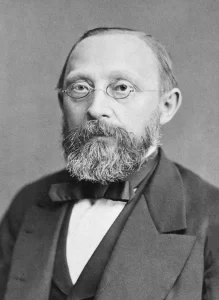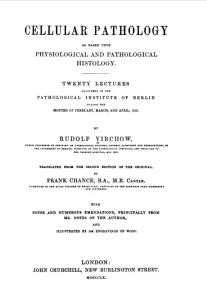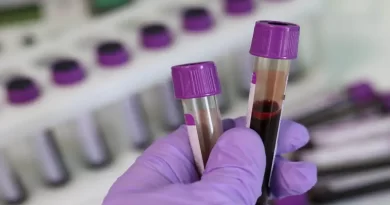Wirchow’s Triad
Wirchow’s triad are three factors that come together to promote the formation of blood clots. The genius of these factors is that Rudolf Virchow described them back in the 1850’s, and they still withstand the test of science and time.
Who was Wirchow?
Rudolf Wirchow (Rudolf Ludwig Carl Virchow) was a Prussian scientist and renaissance man who is known as the “father of pathology” and the founder of social medicine. He was born in 1821, and died at the age of 81, in 1902. While making many positive contributions to science that we use to this day, he was not devoid of mistakes. For instance, he opposed Darwinism and to some aspects of germ theory.

If you want, you can read a few of his (translated) 1858 lectures, here. For information about blood clots, perhaps start at the bottom of page 203. It is interesting to see that he was the first to realize that deep vein thrombosis were the source of pulmonary embolism through embolization.

You can also read more about his work here.
The Components of Wirchow’s Triad
Hemostasis, or the process of stopping bleeding, is a complex process. It involves cellular and blood borne factors. But in the context of Wirchow’s triad, we can make a few generalizations regarding the triggers of this process. These triggers consist of stasis, vascular injury and hypercoagulability. Let’s expand just a bit on each one:
Blood clots when it does not move. So stasis of blood is a risk for clotting. But things are never as simple as we would like them to be. Blood move sluggishly in many everyday situations. For instance, during prolonged periods of sitting or standing or during pregnancy. And obviously, most times clots do not occur. Still, blood stasis alters the protective capabilities of the endothelium and promotes clots.
This brings us to the next factor, vascular injury. More specifically, endothelial injury. The inner lining of our vessels are cells called the endothelium. They play a crucial role in preventing clots. Thus, damage to the endothelium will promote clot.
In modern care we often use thrombophilia testing. But hyeprcoagulability is much broader term. In fact, factors and genes that might increase our risk for thrombosis are not common causes of increased tendency to clot. Other factors such as injury, infection and inflammation are much more prevalent.
Real World Implications
Okay, so we now understand the general triggers of blood clots. But how can we translate this to real life medical practice? The answer is that we do it all the time. In fact, when we try to understand why a patient developed a clot, we often think about the components of Wirchow’s triad. We typically ask ourselves which of these components exist in this patient? Are they permanent or reversible?
For example, take causes for blood clots in legs. True. There are many potential causes such as blood clots after surgery or cancer and blood clots. But we can also think in general terms. Surgery, for instance, causes endothelial injury and because patients typically do not move during and after surgery, blood stasis is common. And cancer causes endothelial injury and secretes molecules that promote clots. By understanding these mechanisms, we can understand why clots happened in any particular situation and start to think about appropriate treatment.




Pingback: Varicose Veins and Thrombosis: Is there a Connection?
Pingback: Thrombophilia Testing: What is it? Should we test?